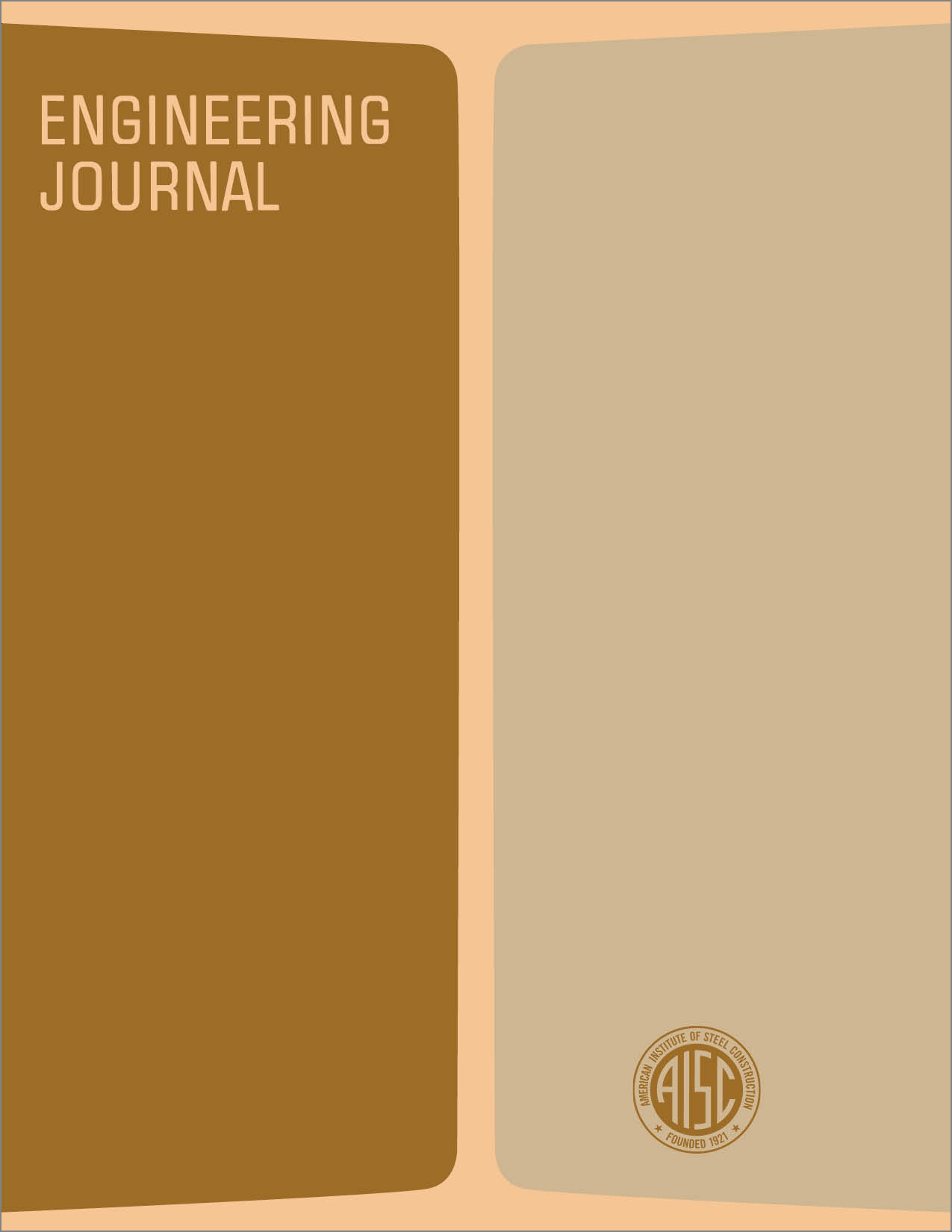End Restraint and Column Design Using LRFD
DOI:
https://doi.org/10.62913/engj.v20i1.390Abstract
The ultimate strength of a structural member is the maximum resistance it can offer to resist the applied force before failure. Design based on the ultimate strength of the structure or its component parts is referred to as limit state approach to design. A valid limit state approach to analysis and design of any structural member requires the consideration of all important factors that are imperative to determining the behavior of the member throughout the entire range of loading up to the maximum capacity of the member. In the case of columns, the three main factors that need to be considered are (1) residual stresses; (2) initial geometrical imperfections; and (3) end restraints. The purpose of this paper is to summarize the results of some recent research on in-plane behavior of imperfect columns with modest end-restraints. The incorporation of end restraint in the design of columns using the Load and Resistance Factor Design (LRFD) format is then proposed. Simple design examples will be given to illustrate how the effective length concept can be used for the design of imperfect columns with small end restraints.

